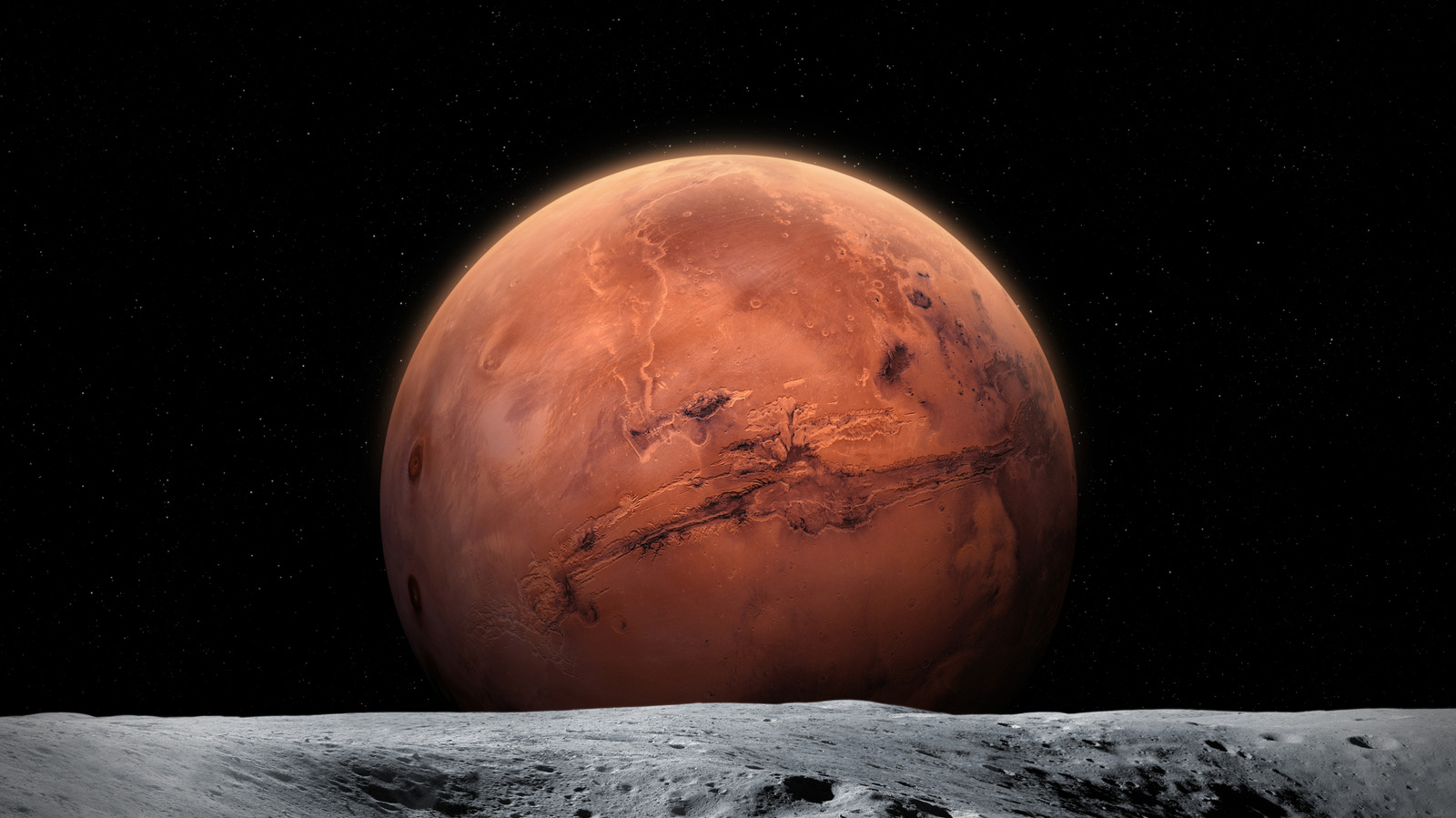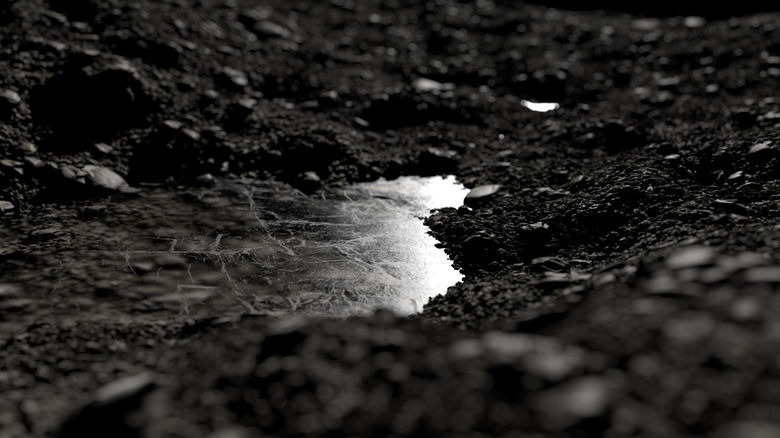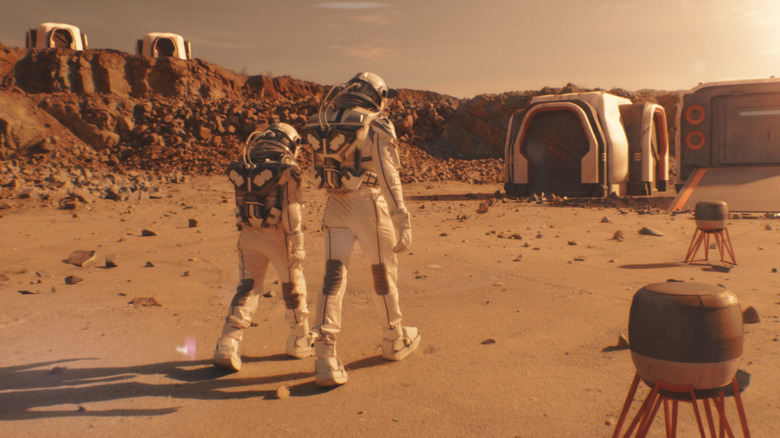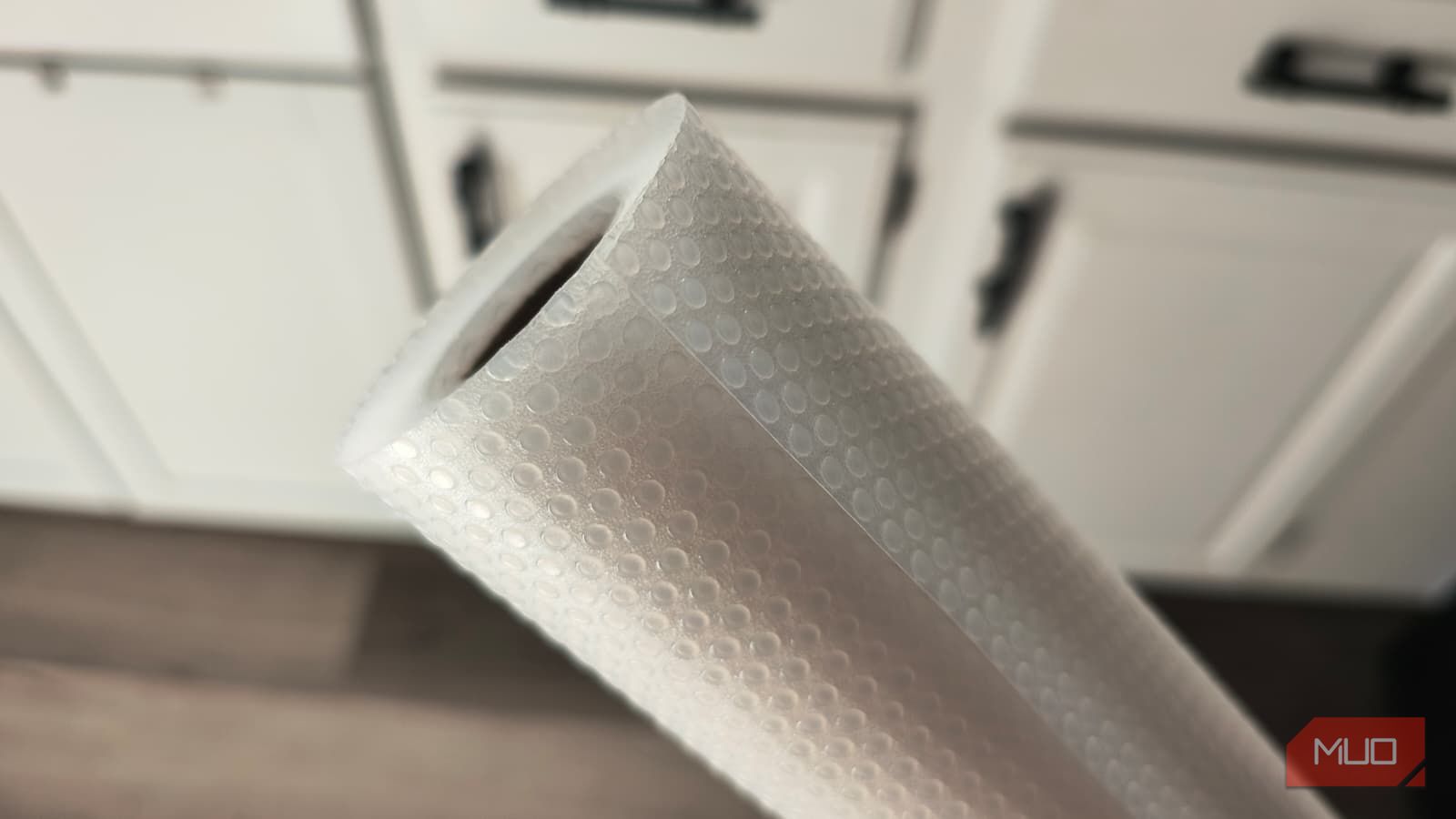Until recently, Mars was studied only through telescopes and some data that was recorded from early spacecraft. It was thought that Mars’ polar regions were the only significant reservoirs of ice, mainly in the form of frozen carbon dioxide (dry ice). The rest of Mars seemed too dry for frozen water to form, and there were no means to detect what was under the surface of the planet. The glaciers on Mars were thought to be composed mainly of rock and dust, with a thin layer of ice covering them.
This view started to change with planetary science missions like the Mars Odyssey and the Phoenix Lander. Having a closer look at the red planet unveiled the existence of hydrogen in the soil and water ice just a few inches below the surface. Water was found on Mars, and it wasn’t as rare as previously thought. However, with the new study published in the journal Icarus, scientists Yuval Steinberg, Oded Aharonson, and Isaac Smith describe Martian glaciers as consisting of 80% ice. This new, radar-based study opens myriad new possibilities for planetary science and even future human-led missions to Mars.
What’s special about these glaciers?
Martian glaciers are of special interest to scientists because they help us understand the planet’s climate history. Understanding Mars’ past may help us better plan for the future of our own planet. This was the main sphere of interest for Weizmann Institute of Science graduate, Steinberg, who conducted this study alongside mentors and colleagues from the Planetary Science Institute in Tucson and York University.
They began their research by combing through old studies, just to realize many of those had been performed on different sites, with different methods. That means the results from different glaciers across the planet were not comparable. There was no discernible pattern, so the team decided to test five separate glacier sites and use the same techniques on all of them. That would allow them to process all the data in the same way, compare them, and draw a single conclusion.
They used the Shallow Radar instrument mounted on the Mars Reconnaissance Orbiter (MRO), a NASA spacecraft designed to study climate and water presence on the red planet. The Shallow Radar allowed Steinberg and the team to gather crucial data from five different spots on different glaciers. Once the analysis of the data was performed, it was clear that each glacier had the same electrical signature. In other words, all of the analyzed glaciers had the same composition. It was determined that by volume, Mars glaciers are four-fifths ice, and the rest is rocks and various debris that encase this ice. This uniformity of results means that either there was one glaciation event on Mars, or multiple ice periods that occurred under very similar circumstances.
What does this discovery mean to humankind?
Mars, as we know it today, is a barren wasteland. However, the new study suggests it wasn’t always like this. The presence of high-purity ice means Mars once had an abundance of snowfall and frost that, over time, led to the formation of these large glaciers at different latitudes over the planet’s surface. Knowing that the glaciers consist of 80% ice, scientists can now model how much water once circulated in the planet’s atmosphere. This also enables us to understand how the climate on Mars has changed with the planet’s tilt. Following these changes on the nearby planet might let us understand how to combat climate change on Earth.
That said, the presence and purity of ice also mean possibilities for future missions on Mars, especially if we plan to send people to the surface of the red planet. If we develop ways of using the water already on the planet, it would mean more efficient crewed missions. The pure ice can be mined for drinking water or even fuel, which means Mars could sustain human life on its own. There would be no need to haul all the necessary water from Earth.










